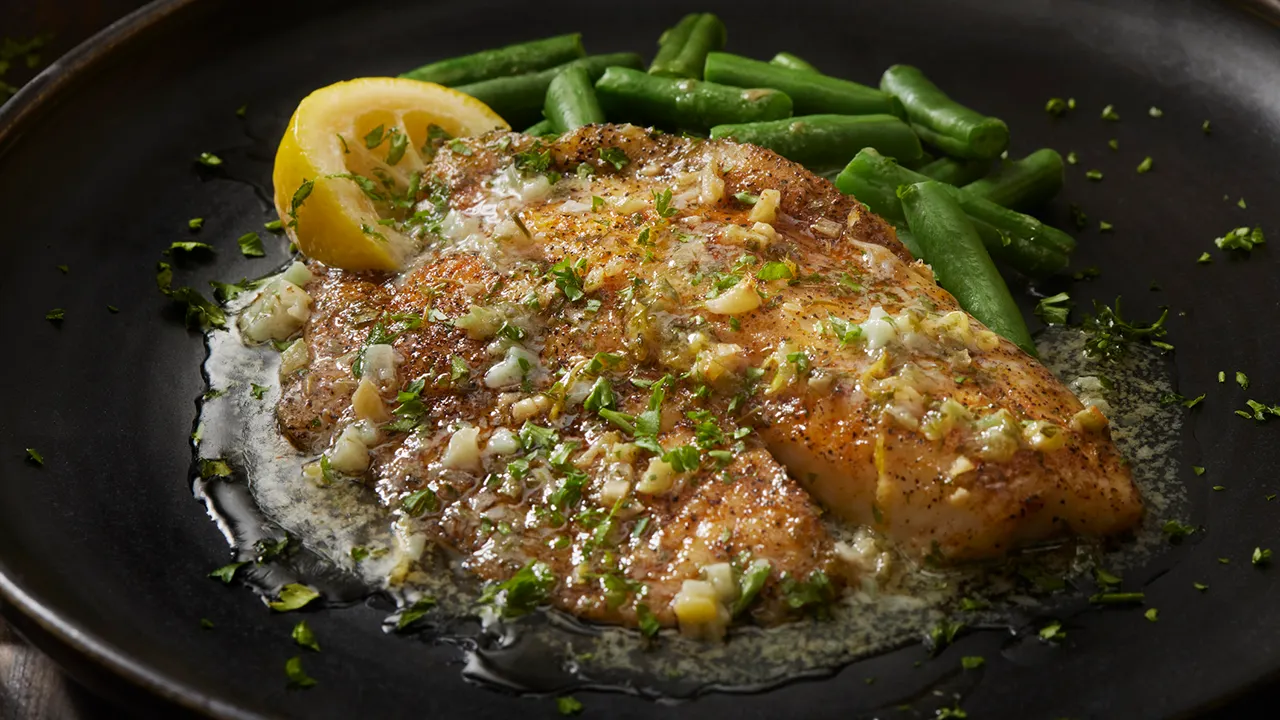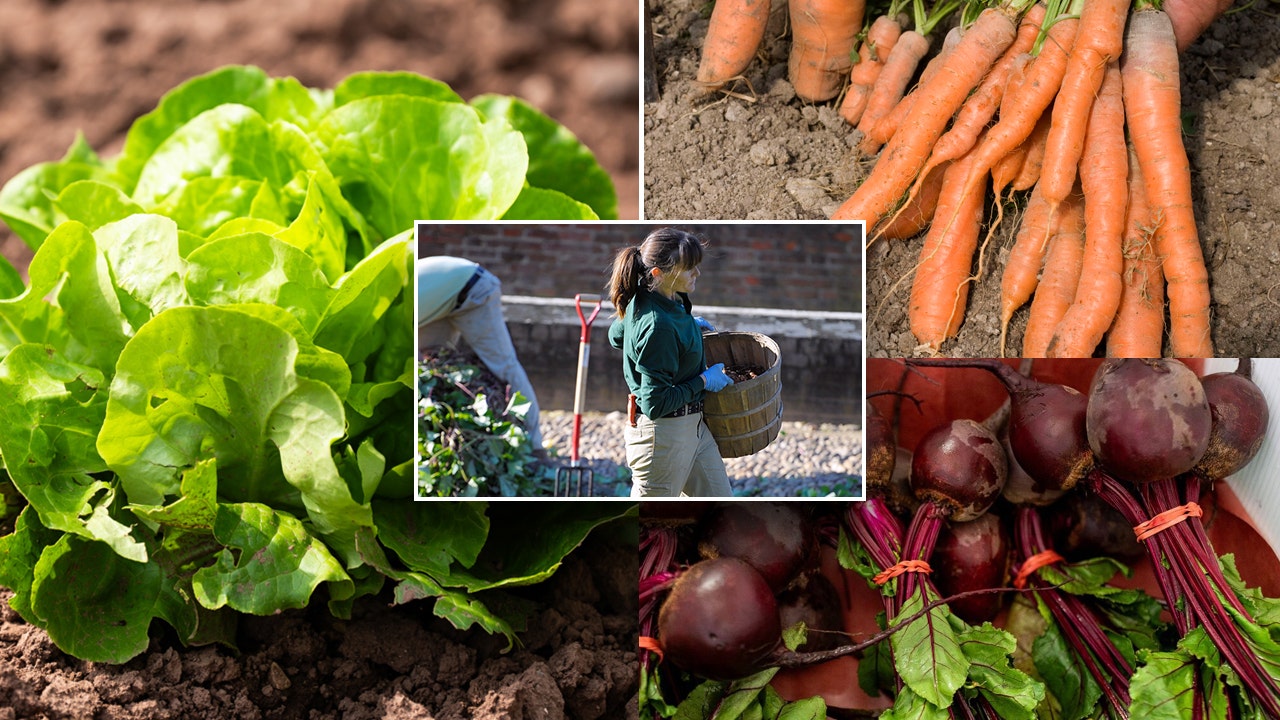People love their guac and hummus.
Guacamole delights with chunky pieces of rich avocado balanced by zingy lime, pungent garlic and a smooth consistency often studded with tomatoes, red onion and cilantro.
Hummus, meanwhile — with its creamy texture and blend of chickpeas, tahini, lemon juice and spices — stands out for its earthy flavor.
GREEK YOGURT VS. REGULAR YOGURT: IS ONE ‘BETTER’ FOR YOU THAN THE OTHER?
Which is healthier, though?
Both are “fun, enjoyable dips that add flavor, texture and nutritional boosts to sandwiches, crudité platters and really any dish,” said Michelle Routhenstein, a New York-based preventive cardiology dietitian at EntirelyNourished.com. “While they’re heart-healthy dips, their vitamin and mineral profiles can vary widely,” she added.
So, you love guacamole and hummus — but is it possible that one is better for you? Experts weigh in on the food debate. (iStock)
Regardless of which dip you choose, it’s important to be mindful of the sodium, added sugar, fat content and what foods you pair each of these with, said Routhenstein.
SPINACH VS. KALE: WHICH IS ‘BETTER’ FOR YOU? NUTRITIONISTS SETTLE THE GREAT DEBATE
Routhenstein, as well as Kylie Bensley, a registered dietitian and founder of Sulinu.com in Nashville, Tennessee, shared what you should know about the nutrition specs of each of these popular party dips.
Pre-made guacamole and hummus
Making these dips at home means you can control the different flavors you want, personalize the dip to your liking and control the added sodium. (iStock)
It’s worth noting that pre-made guacamole and hummus found in stores may have additives (especially in the case of guacamole, when preservatives are used to prevent discoloration), plus excess sodium.
When making these dips at home, you can control how much salt is added and what ingredients are used to make hummus and guacamole healthier than many store-bought counterparts.
THE BEST VEGETABLES FOR YOUR HEALTH, ACCORDING TO NUTRITIONISTS
For guacamole, Bensley suggested adding extra tomatoes, onions, jalapeños and cilantro “to add some additional fiber, antioxidants and vitamins and minerals.”
And when making your own hummus, you can change the amount and type of oil, seasonings and more, Bensley said.
If you make hummus at home, you can decide what oil you want to use or even add some fun flavors like roasted garlic or bell pepper. (iStock)
“You can also add extra nutrition with roasted garlic, bell peppers, pine nuts, etc.,” for extra antioxidants and fiber, she said.
Bensley recommended incorporating salt-free seasonings (say, garlic powder, cumin or Mrs. Dash) to kick up the flavor without adding too much sodium to guacamole or hummus.
Guacamole at a glance
The staple of Mexican cuisine is traditionally a mixture of mashed avocados, lime juice, onions, tomatoes, jalapeños and cilantro.
The calorie count and nutrition breakdown vary among products, as with hummus as well.
“A two-tablespoon helping provides about 50-80 calories, 4-6 grams of fat (mostly monounsaturated), 3-5 grams of carbohydrates and 1-2 grams fiber,” Routhenstein said.
BROWN RICE VS. WHITE RICE: NUTRITIONISTS SETTLE THE GREAT FOOD DEBATE
Along with its fiber and antioxidant content, which are “amazing for heart health and overall disease prevention,” guacamole is a high-potassium food, so it’s great for muscle health, said Bensley.
If you’re having trouble selecting a tub of guacamole in the supermarket aisles, looking at the calorie content is a good start, Bensley said.
“Something that has fewer calories per serving is ideal because this will typically indicate that there are more added vegetables such as onions and tomatoes that will give added nutrition, fiber and a variety of vitamins and minerals,” she said.
“Aiming for at least seven grams of fiber is ideal, but even more is better.”
MELT-IN-YOUR-MOUTH CHICKEN WINGS FROM A KENTUCKY CHEF: RECIPE
You should also look for low-sodium choices— 140 mg of sodium per serving and less is considered “low sodium,” noted Bensley.
One more thing: Guacamole can be particularly easy to over-consume, Routhenstein pointed out.
Opt to pair your guacamole with carrots or celery sticks instead of the traditional tortilla chip. (iStock)
“Portion it onto your plate to avoid high caloric volume, and be sure to look out for excessive sodium and added sugars,” Routhenstein said.
Bear in mind that people often pair guacamole with salty, fried tortilla chips, as opposed to, say, celery and carrot sticks or pita, which are popular hummus accompaniments.
Hummus at a glance
Hummus is made from cooked chickpeas, tahini, olive oil, lemon juice and garlic, just to recap — “and every pre-made hummus has different proportions of each,” Routhenstein said.
BUTTER VS. MARGARINE: IS ONE ‘BETTER’ FOR YOU THAN THE OTHER?
A two-tablespoon helping of hummus provides about 70-100 calories, 2-4 grams of protein, 2-6 grams of fat (mostly unsaturated), 6-8 grams of carbohydrates and 1-3 grams of fiber, per Routhenstein.
Hummus is an easy source of good protein, fiber, iron and so much more. (iStock)
On the whole, hummus is a great source of protein, fiber, iron, copper, folate and manganese, said Bensley.
When selecting hummus at the supermarket, she said to aim for a container with at least five grams of fiber and seven grams of protein.
INTERNATIONAL HUMMUS DAY: TRY THESE HOMEMADE RECIPES LOADED WITH SPICY AND SAVORY INGREDIENTS
“Also look for added sugars. Finding zero grams or as close to zero as possible is ideal,” she said, adding that lower saturated fat and sodium is another spec to examine.
To ensure that you’re not sabotaging the healthful properties of hummus, make sure you enjoy it with healthier accouterments like whole wheat toast, cucumber, celery and carrots — versus, say, potato chips or fried pita chips.
To get the most out of your dip, it is best to add celery, carrots or even whole wheat toast instead of fried pita chips. (iStock)
So which dip is healthier: Guacamole or hummus?
“What’s most important is what you decide to pair the dips with,” Bensley said.
Plus, take into consideration the ingredients list and nutrition panel if you’re buying store-bought versions of the dips.
Side-by-side, guacamole and hummus are similar in both calories and fiber — both will keep you full for the necessary amount of time. (iStock)
Assuming you’re comparing two products manufactured sans excess sodium and additives, and you’re eating each dip on its own or with veggies, both guacamole and hummus are nutrient-dense choices.
Side-by-side, both are similar in calories and fiber.
CLICK HERE TO SIGN UP FOR OUR LIFESTYLE NEWSLETTER
“Guacamole will keep you full due to its fat content, and hummus will keep you satiated due to its protein content,” Bensley said.
If you are on a lower carb diet, Bensley gives the edge to guacamole as a better choice.
If you’re looking for the better option to boost your protein, hummus is the winner, experts say. (iStock)
If you’re looking to boost your protein intake, hummus is likely the better choice.
Overall, “both guacamole and hummus can be a good part of a healthy diet, depending on how it is made and your health goals,” said Bensley.
Along those lines, Routhenstein said both dips can be included in your diet for cardiovascular health and overall well-being.
Both guacamole and hummus can be a part of your healthy diet, but always be mindful of what you’re pairing them with, experts advised. (iStock)
The bottom line: “Enjoy both of them, but be sure to look out for added sugars, excess sodium and be mindful of what you are pairing it with,” Routhenstein said.
For more Lifestyle articles, visit www.foxnews.com.com/lifestyle.
Perri Ormont Blumberg is a contributing lifestyle reporter for Fox News Digital.




